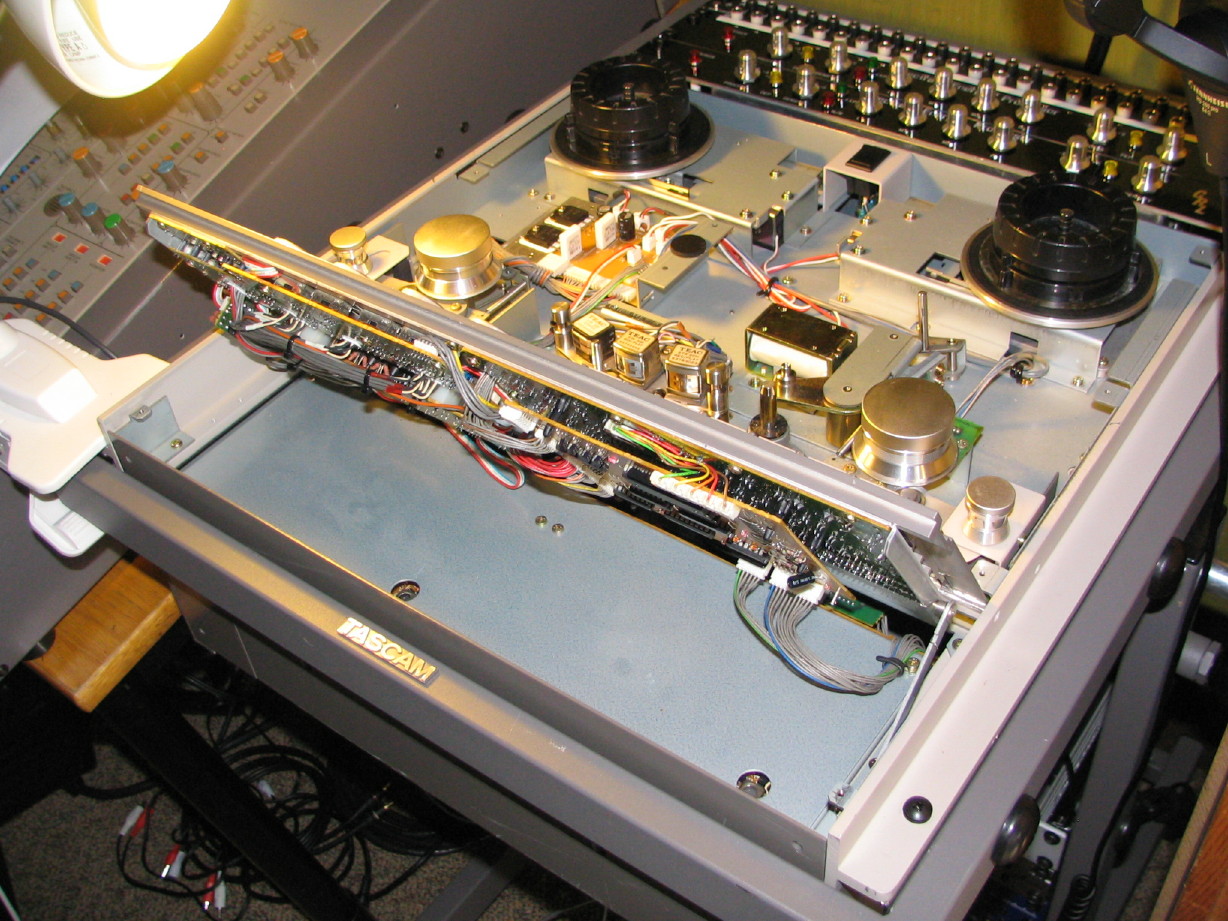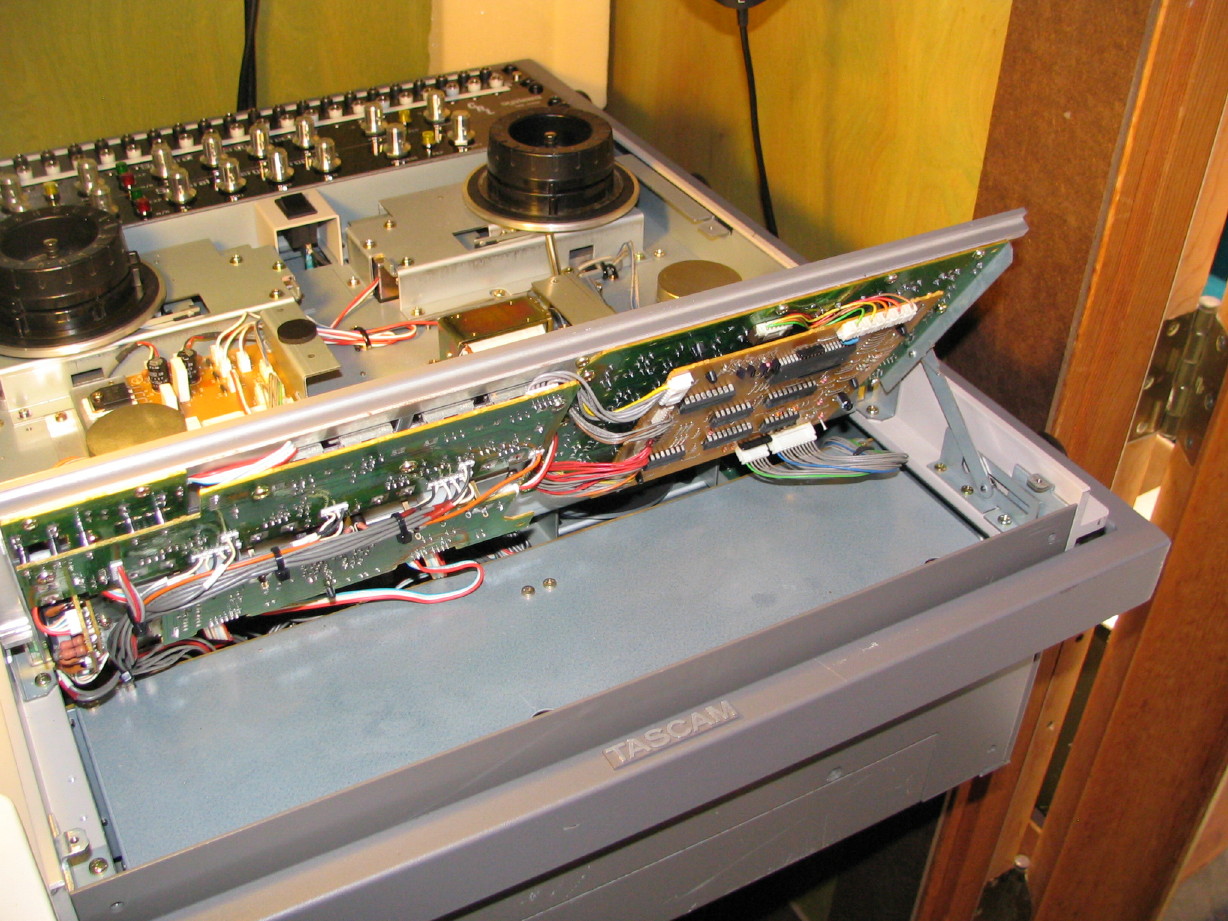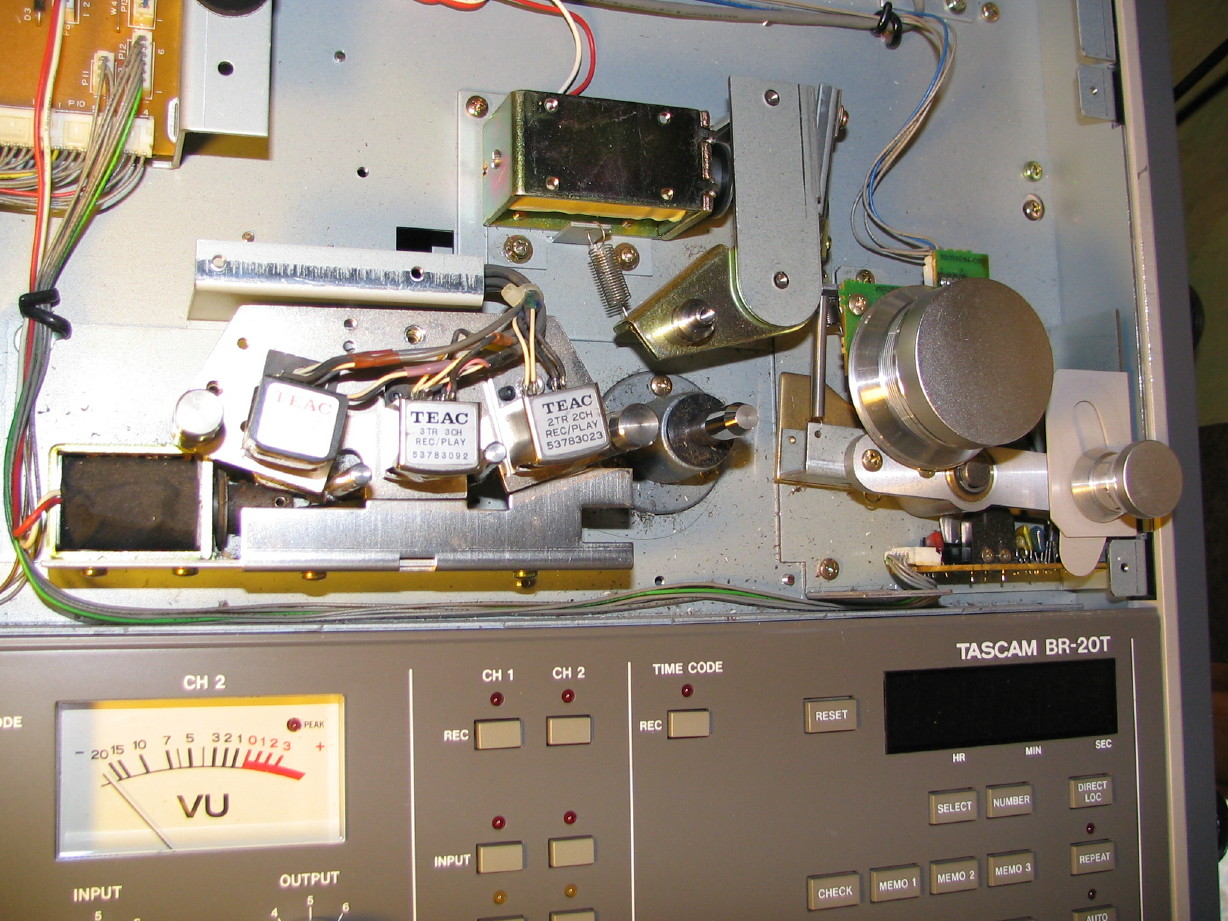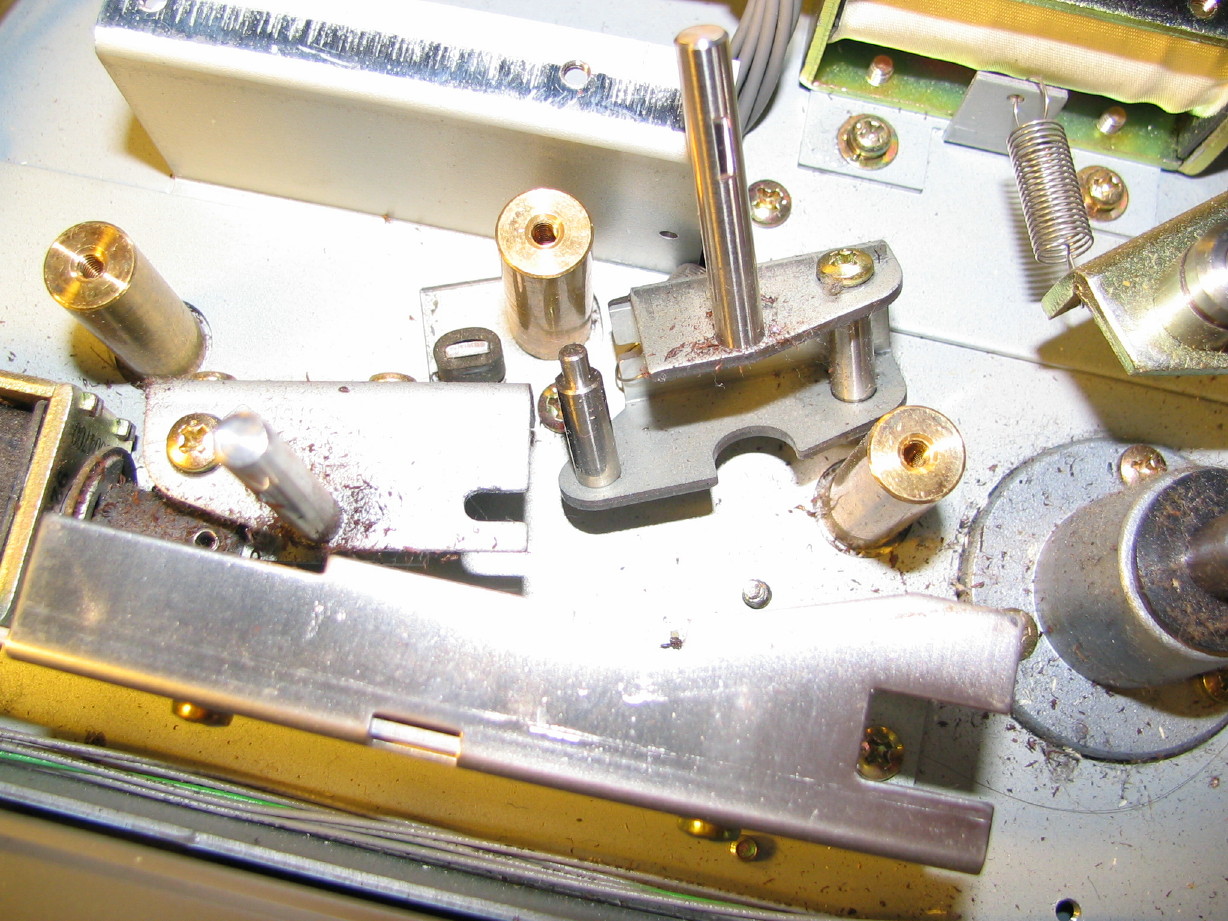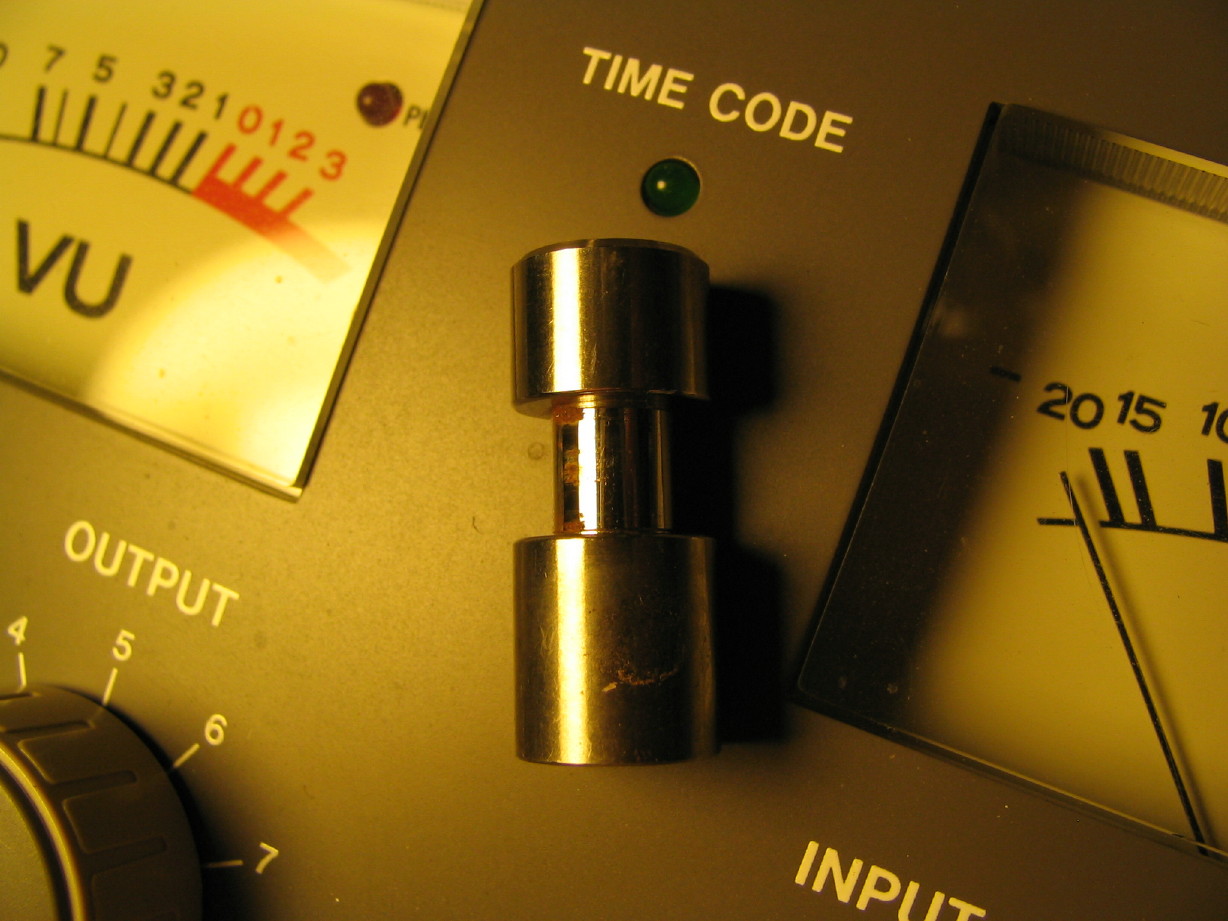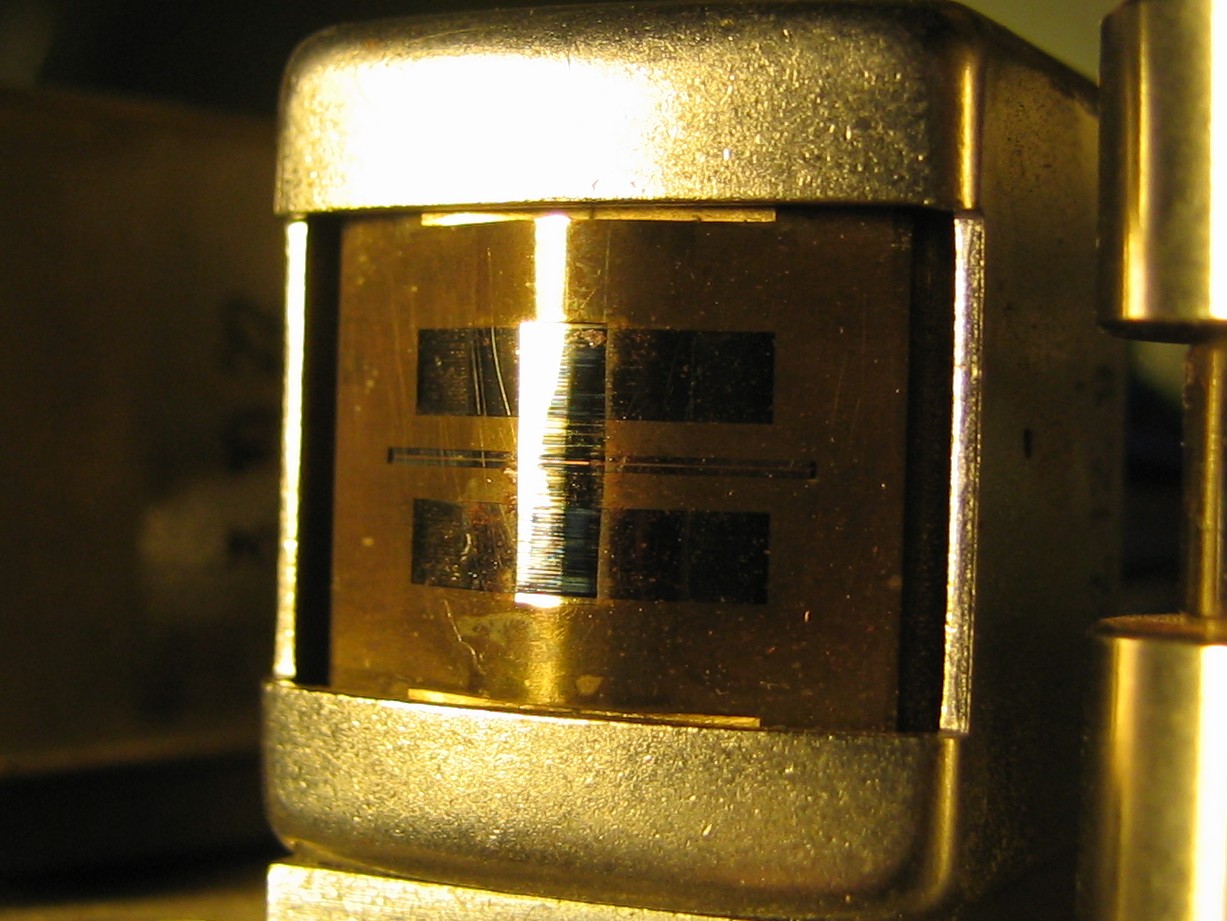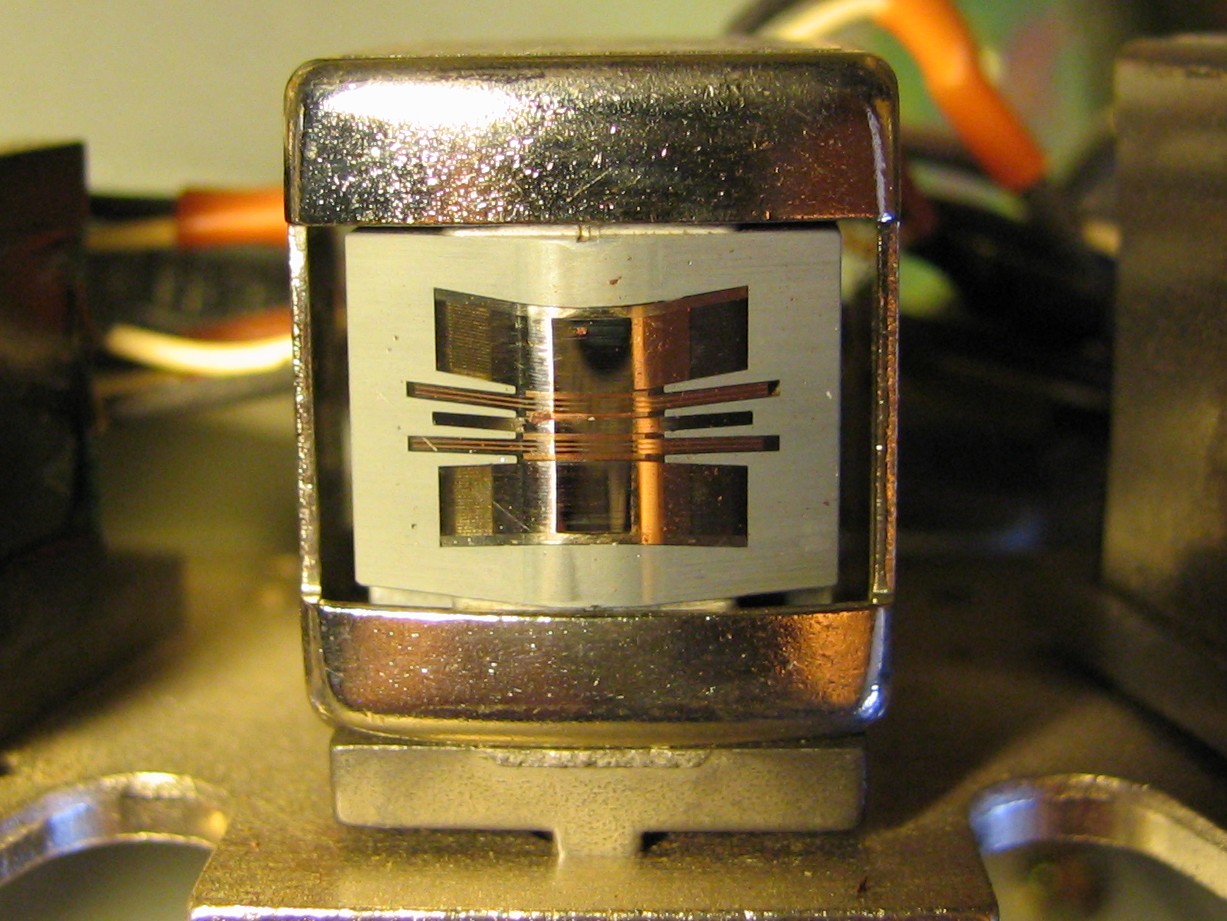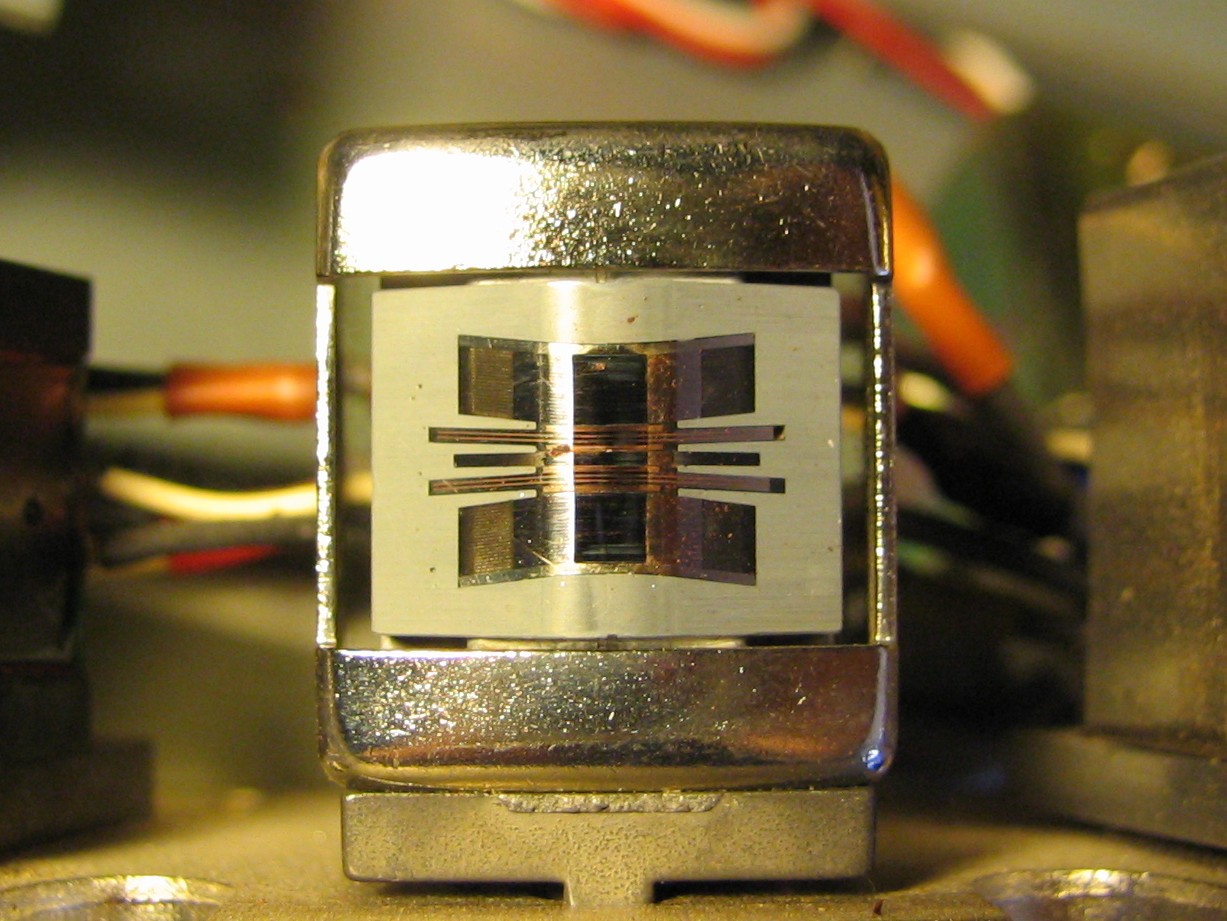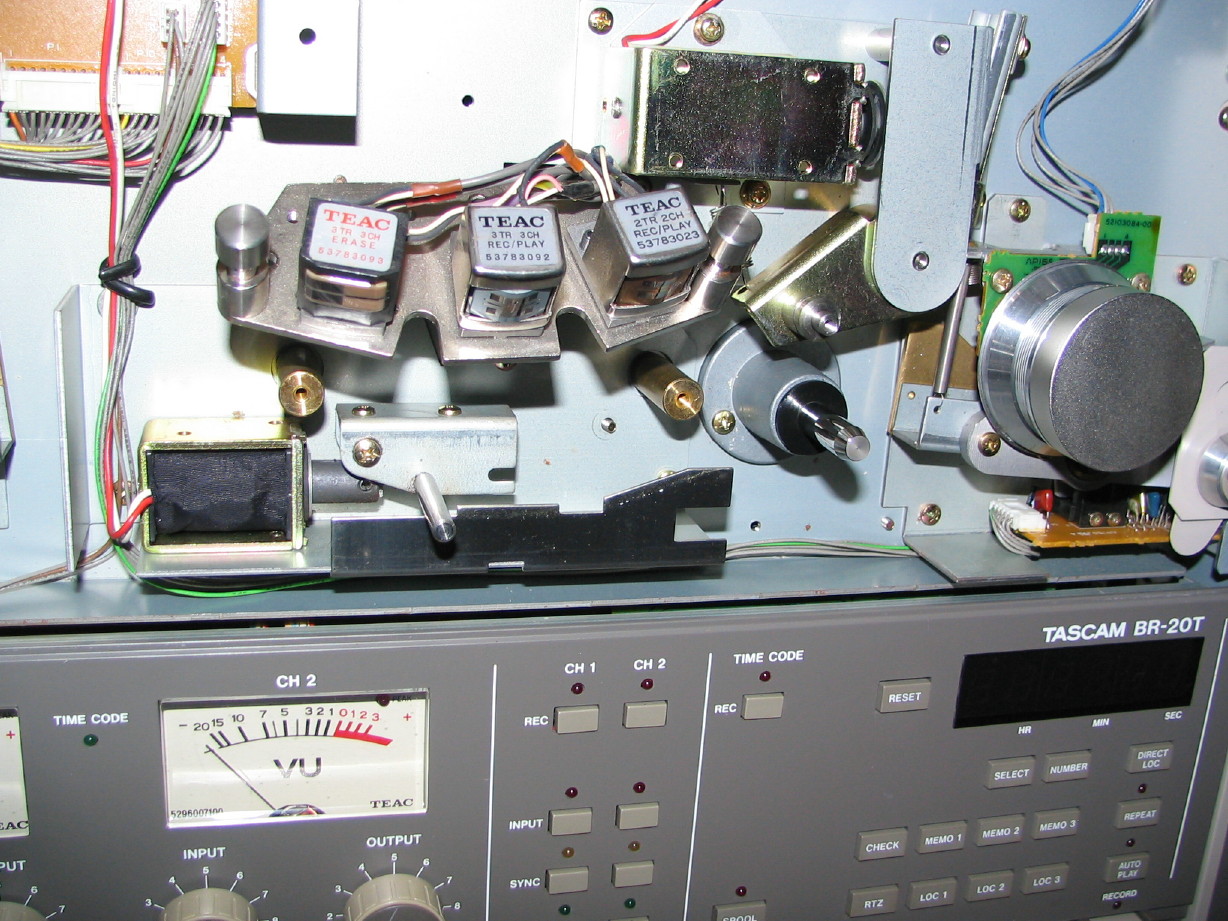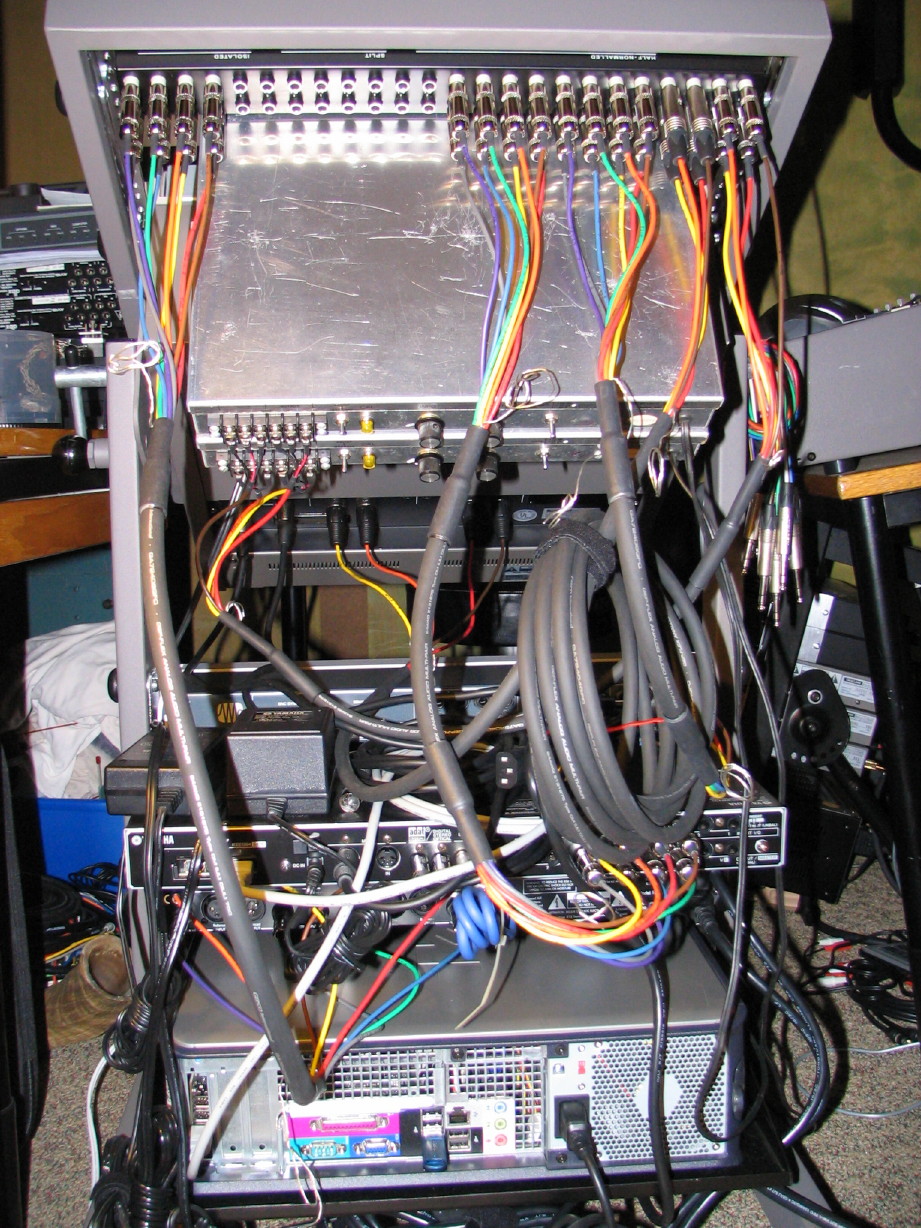Decisions-decisions...
Trying to decide what parts to get for my BR-20T.
This involves opening 'er up and having a look at some things.
That time is now, since I know the deck functions A-OK and I've got the sync stuff working for me too. Yay!
So lets dive in folks...
The parts I'm trying to decide if I want/need are:
- Spare 3-track sync head
- Spare 2-track repro head
- Guides
- Lifters
The determining factor with the lifters is whether or not they can be turned easily. They cannot. Not impossible, but I'm not going to risk it as they are pressed and riveted in. So those go on the shopping list.
Same determining factor with the guides (i.e. can they be easily turned) and yes they can so I'm going to pass on those even though they are under $10 apiece for new.
Sync head...do I buy a spare 3-track sync head from Tascam while they are still there? This will not be an easy item to find once they stop stocking them. $160 for brand new.
Repro head I'm thinking not...like I said earlier those are so common...I think I'll be able to find a replacement if the day comes even if it is in used relappable condition...Plus I'm still on the lookout for a spare parts deck and it would likely have something of a head on it...
The dress panel comes off easy...8 screws all on the face. I love how the meter panel pivots up to access the trimmers. There is a stay that holds the meter panel in 1 of 3 positions:
Notice that each reeling motor has its own brake solenoid as opposed to the shared center solenoid on many other Teac decks...this makes the brake adjustment a little easier, at least according to the procedure I read in the manual...
I cleaned out behind the meter panel many moons ago when I fixed a dead meter lamp, but this is the first time I've had the dress panel off. I'll be giving it a sweetbeats cleaning:
You can see in that last picture the one lifter sitting loose. Easy to replace that assembly and a nice design too.
Look at how yucky one of the guides is...yuck. Still plenty of good surface on these guides though when rotated...once the dress panel is off there are three 2.5mm socket head cap screws that hold the headblock to the transport and once those are out you just tip it upside-down and each guide is fixed to the block from underneath each with another 2.5mm socket head cap screw. Loosen the screw, turn the guide and tighten the screw...done. I can see in upper and lower wear patterns on the top and bottom of the guide that I may be in need of adjusting the tension arm height too.
Now...heads. I've put up some pics of my heads before, but these might just show a better or different angle or view. These didn't come out very well. BUT...maybe there is less wear on these heads than I thought. Definitely relappable, and maybe more than once at that...
Repro head:
Sync head:
I
AM pleased that the wear pattern is very even...no discernable keystoning to my eyes. The sync head has a deeper wear pattern and that may simply be differences in the wrap on the heads. They look gross, but again I haven't given this deck a good cleaning and there is no way to stop the crud getting all over everything because the tape is getting beat up at the edges from the grooves in the heads and lifters (again, I
think the tape that wore the grooves was *slightly* more narrow...) The yuck that you see on things is after running through a reel of tape maybe 7 or 8 times with all this sync troubleshooting.
So what do you think, guys? And what do you think about getting some new heads on hand?
I wouldn't be thinking about new heads except that a mastering deck is *such* a vital tool in the analog studio, and I've been around enough equipment and lived with the BR-20T long enough to know that it is a deck with which I am very happy so I plan on keeping it for a long, long time...
 I really liked "Eyes of Fools".
I really liked "Eyes of Fools".






